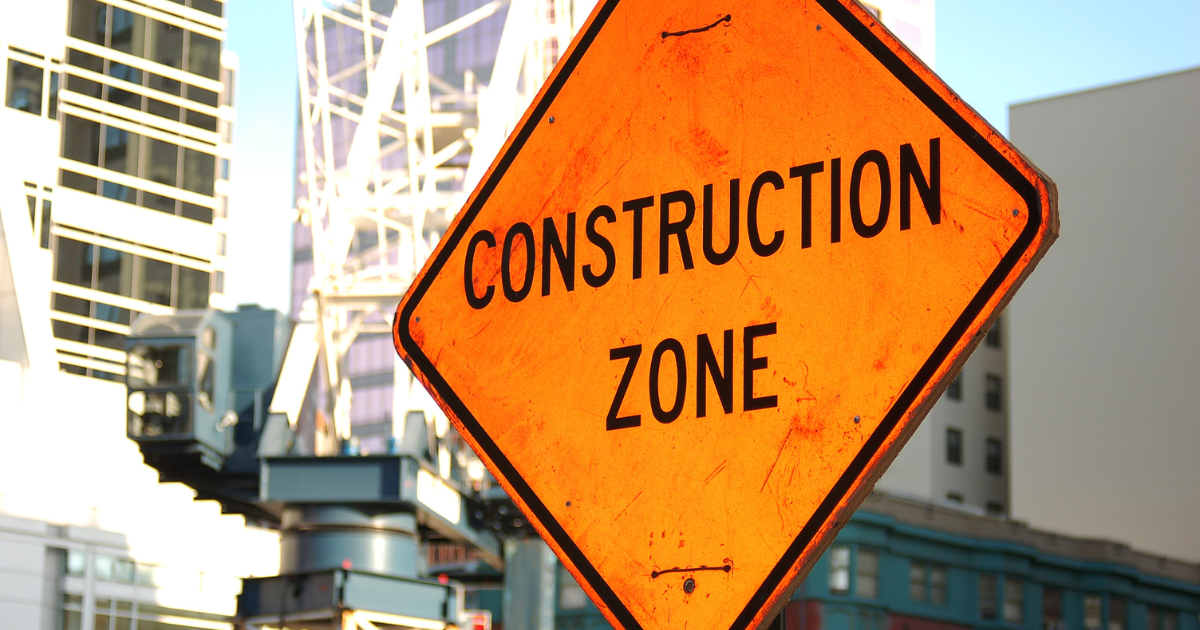New Construction Projects To Be Potentially Affected by Proposed Inclusionary Zoning Law
Philadelphia city council is currently reviewing a bill (#170678), introduced by Councilwoman Maria Quiñones-Sánchez, to amend the Philadelphia...
3 min read
Alan Nochumson : Dec 22, 2008 9:00:00 AM

What happens when your neighbor accidently builds a physical structure onto land which adversely affects your property interest to access that land? That question was partially answered in Big Bass Lake Community v. Warren where the Commonwealth Court of Pennsylvania held that the trial court had improperly granted an injunction to a homeowner’s association in a planned community.
Dispute Over Landscaping and Easement BoundariesIn order to give themselves more privacy, several lot owners in the planned community built ground planters supported by a short stone wall that bordered their property lines. Most of the wall ran adjacent to a road owned by the homeowner association to which all lot owners had access. The wall was placed approximately three feet from the edge of the paved portion of the road.
Several days after beginning construction, an employee of the homeowner association advised one of the lot owners that the wall would interfere with its right to install utility fixtures and lines which is contained as a restrictive covenant in each of the deeds held by lot owners in the planned community, the opinion noted.
After the lot owners refused to remove their wall, the homeowner association filed a complaint claiming that no improvements were allowed within the utility easement and that the improvements were within its right-of-way which abutted the lot owners’ property, according to the opinion.
The homeowner association then filed a petition for a preliminary injunction, the opinion noted.
Although the homeowner association conceded that other lot owners had encroached upon its right-of-way with landscaping improvements and stone walls in the past, it did not believe those encroachments were as significant given that the stone walls in dispute were further within the boundary of the easement, the opinion noted.
The homeowner association further claimed that the installed walls would make plowing of the road difficult due to the inability to push the snow over the walls. In comparison, the homeowner association explained that the other walls and landscaping features installed by other lot owners in the planned community were not as serious an impediment to snow plowing, according to the opinion.
Regardless, the homeowner association pointed out that it was now pursuing enforcement for the unrelated encroachments as well, the opinion noted.
The lot owners, while admitting that the homeowner association has a right to go onto their respective properties to place a utility line or fixture, are not prevented by the restrictive covenant which runs with the land from making improvements in that portion of the properties controlled by the easement and they otherwise are not required to obtain prior approval from the homeowner association before doing so. They also denied that the stone walls impeded snow removal based upon experience from a previous snowstorm.
The trial court issued an injunction after finding that the stone walls were indeed an encroachment and that the construction of the walls violated the restrictive covenant contained within the deeds, according to the opinion.
The lot owners then appealed the trial court’s ruling to the Commonwealth Court.
The Commonwealth Court first addressed whether the homeowner association even had a clear right to the injunction due to its failure to pursue immediate legal recourse against the lot owners who similarly landscaped.
The Commonwealth Court notes that an injunction “is an extraordinary remedy that should be issued with caution and ‘only where the rights and equity of the plaintiff are clear and free from doubt, and where the harm to be remedied is great and irreparable.”
However, the Commonwealth Court did clarify that even a very insignificant encroachment can be ordered to be removed by injunction as “occupation of an adjoining land owner’s property, if continued, ‘will ripen into a complete title’” and the land will be lost to your neighbor forever.
The Commonwealth Court disagreed with the homeowner association’s belief that the lot owners could not landscape at all within the land devoted to the utility easement.
Even if there is proof of an encroachment, its mere existence does not necessarily guarantee injunctive relief. Citing to the Supreme Court of Pennsylvania’s decision in Moyerman v. Glanzberg, the Commonwealth Court discussed the equitable considerations in deciding whether an injunction is appropriate.
In Moyerman, the Supreme Court found that because the defendant had substantially completed his project before realizing he was building 16 inches onto his neighbor’s property and the encroachment did not “materially interfere” with the plaintiff’s use of his driveway that the “equities did not favor an injunction.”
The Supreme Court, however, cautioned that equities will not matter when “a defendant has deliberately and willfully built upon plaintiff’s property, tortiously or in bad faith, injunctive relief should be granted, regardless of the equities.”
The Commonwealth Court said that “[i]f the easement forbade improvement in the utility easement area, then a lot owner’s grass lawn would have to terminate ten feet shy of each of the four sides of a lot. This is illogical and unnecessary. When the Association finds it necessary to exercise its right under the utility easement, the Association can remove whatever grass, bush or flower bed has been planted in the easement area.”
The Commonwealth Court found that the encroachment was not a significant interference with the use of the right-of-way and that, since building the wall was not performed tortiously or in bad faith, no injunction was merited.
Furthermore, the Commonwealth Court concluded that the equities did not favor the homeowner association because of its longstanding tolerance of similar landscaping projects.
The Commonwealth Court’s ruling in Big Bass Lake Community shows why property interests should be vigorously protected. In Big Bass Lake Community, the Commonwealth Court was swayed by the homeowner association’s failure to seek legal recourse against lot owners who had made similar encroachments.
Reprinted with permission from The Legal Intelligencer © 2008 ALM Media Properties, LLC. All rights reserved. Further duplication without permission is prohibited. For information, contact 877-257-3382, reprints@alm.com or visit www.almreprints.com.

Philadelphia city council is currently reviewing a bill (#170678), introduced by Councilwoman Maria Quiñones-Sánchez, to amend the Philadelphia...

Purchasing a home is one of the largest investments an individual makes in his lifetime. In order to make a sound investment, he should thus inquire...

The Pennsylvania Commonwealth Court recently issued a ruling in Landlord Service Bureau v. City of Pittsburgh, 2023 Pa. Commw. LEXIS 24 (March 17,...